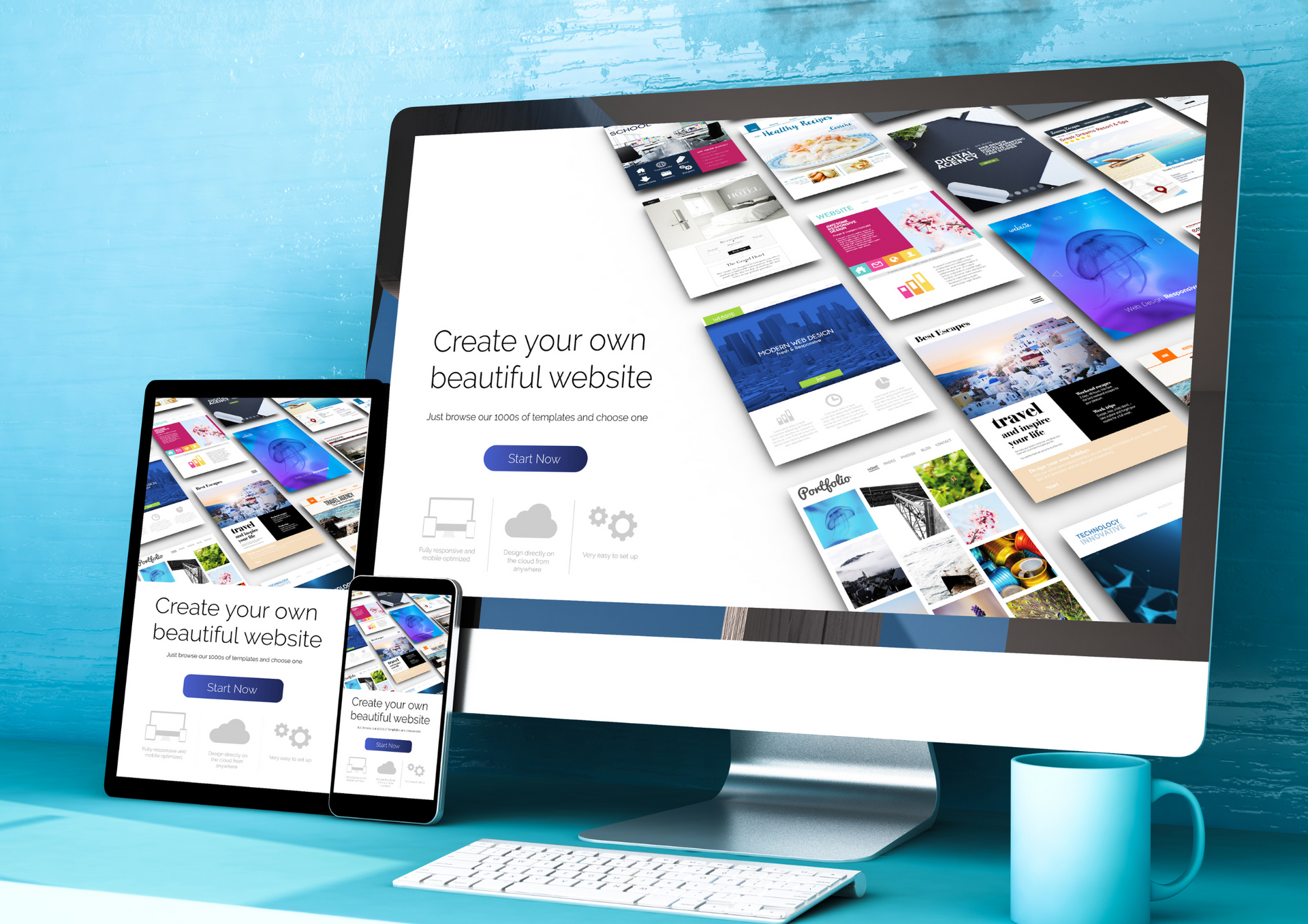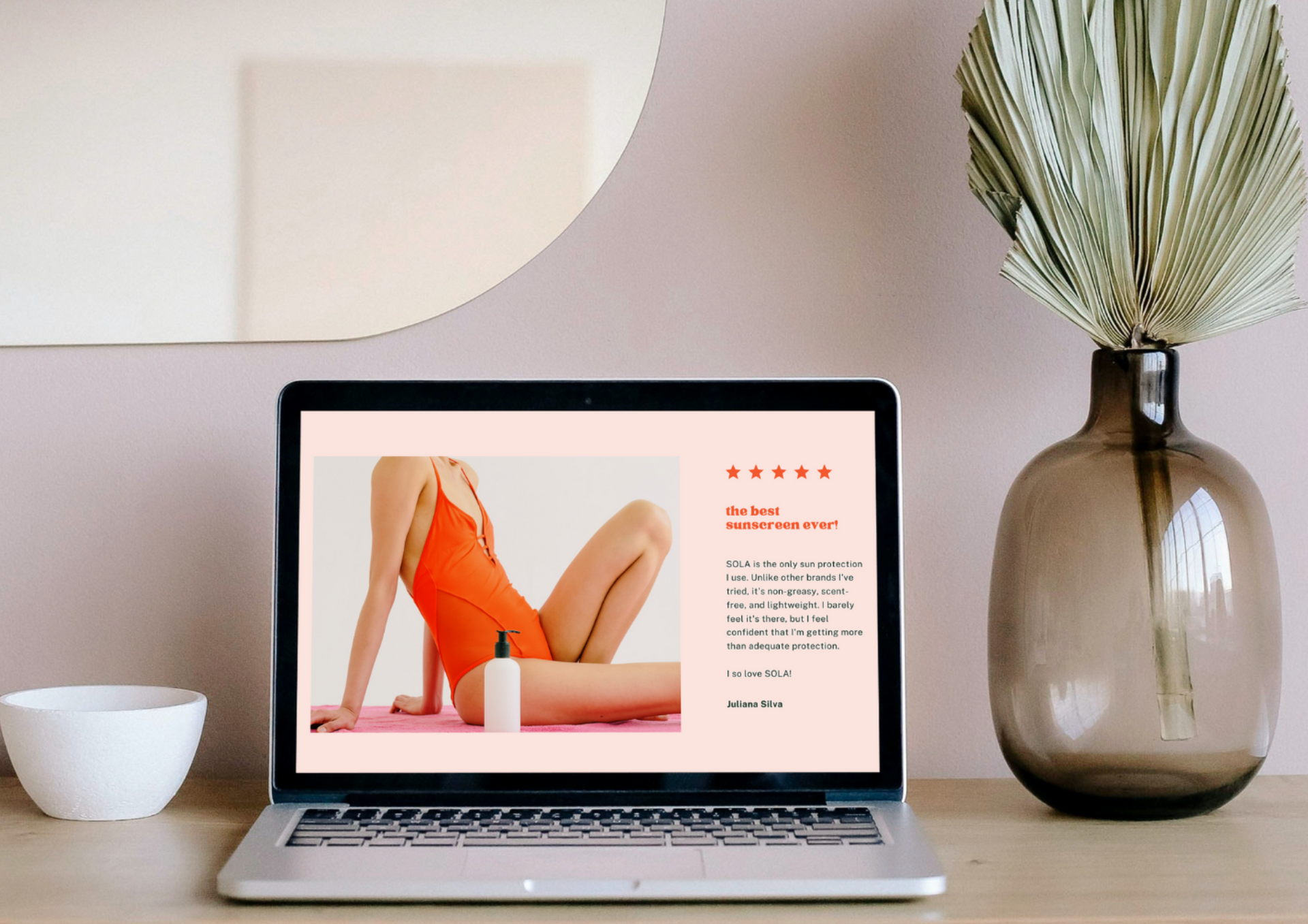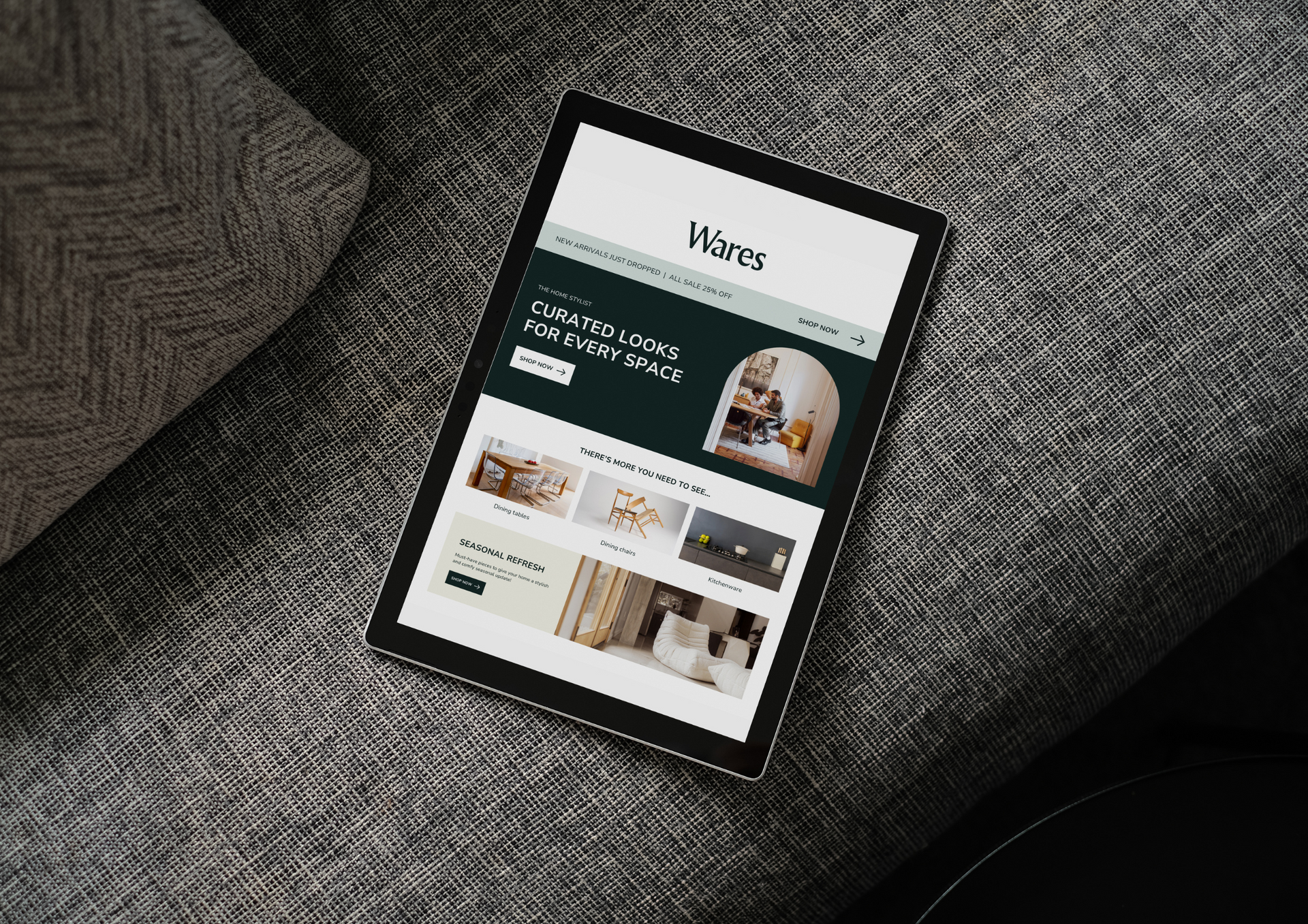Web Design Sheffield
From Wireframe to Website: Complete Guide to Web Design Success
Creating a website that effectively represents a business is more than just arranging pages and colors. Professional web design is crucial for establishing brand credibility, engaging visitors, and driving sales.
This guide covers key website stages with practical, results-driven advice.
Planning and Wireframing Your Website
A successful website starts with thoughtful planning. Wireframing is the first step, helping businesses visualize the structure and flow of their site before design or coding begins. Think of it as a blueprint that ensures clarity and efficiency throughout the design process.
Key points to consider when planning and wireframing:
- Define the website’s purpose: Identify the main goals, such as selling products, booking services, or collecting leads.
- Map out user flow: Plan how visitors will navigate the site from landing page to conversion.
- Create a visual blueprint: Place content, images, menus, and buttons without distractions from color schemes or graphics.
- Prioritize content: Highlight key products for retail/homeware sites or essential information for health and wellness brands.
- Reduce revisions later: Clear wireframes minimize costly changes during the development phase.
- Focus on audience experience: Design the layout around visitor actions to ensure intuitive and engaging navigation.
UI/UX Design – Enhancing User Experience
Once the wireframe is established, the focus shifts to UI UX design, which directly impacts how users interact with your website. User interface (UI) design deals with the visual elements, while user experience (UX) ensures that the navigation, layout, and interactions feel seamless. A well-executed UI/UX design keeps visitors engaged and reduces the likelihood of them leaving your site prematurely.
For businesses in homeware, health, and wellness, the user experience can be the difference between a one-time visitor and a loyal customer. Clean layouts, clear calls to action, and intuitive navigation are key aspects that retain attention and encourage engagement. Color schemes, typography, and imagery should also align with the brand’s personality while remaining functional and accessible.
Prioritizing both aesthetics and usability ensures that your website is not only visually appealing but also practical for visitors. Every design choice should contribute to a smooth, enjoyable experience that ultimately supports your business objectives.
Choosing the Right Tools and Developers
Selecting the tools and team for your website can be just as important as the design itself. Some businesses prefer DIY solutions, and using the best website builders can provide an easy and cost-effective way to get online quickly. These platforms often include templates, drag-and-drop functionality, and integrated SEO tools to help smaller businesses establish a professional presence.
However, for scalable, custom, and results-driven solutions, partnering with a website development company is often the smarter choice. Experienced developers can bring your vision to life with tailored features, robust security, and optimization for speed and search engines. Their expertise ensures your website functions seamlessly across devices and meets industry standards.
If you are searching for a reliable website designer near me, it is important to choose someone who understands your industry and target audience. Local knowledge combined with professional experience ensures a website that not only looks appealing but is strategically designed to generate leads, enhance user experience, and support long-term growth.
From Launch to Continuous Improvement
Launching a website is not the final step. Continuous improvement is essential to maintain performance, enhance user experience, and keep your site competitive. After launch, it is important to monitor analytics, gather feedback, and conduct regular testing to identify areas for optimization.
For retail and health businesses, ensuring that product pages load quickly, forms function correctly, and content is updated regularly can significantly impact user engagement. Responsive design remains crucial, as a growing number of visitors access websites via mobile devices. By treating your website as a dynamic platform rather than a static project, businesses can continuously refine their online presence to meet evolving customer expectations.
Ongoing improvements, such as updating visuals, adding new features, or enhancing SEO, contribute to a site that grows with your business. A proactive approach ensures that the website remains relevant, functional, and aligned with your goals over time.
Creating a successful website involves careful planning, intuitive UI/UX design, the right tools, and continuous optimization. From initial wireframes to the final launch, every step contributes to building a website that is both visually appealing and strategically effective. Businesses that invest in professional
web design benefit from increased engagement, credibility, and long-term growth.
By following these guidelines, homeware, health, wellness, and retail businesses can establish a professional online presence that meets their objectives and provides a seamless experience for visitors.
At
Web Design Sheffield, we offer tailored, results-driven solutions for businesses seeking professional
web design services. Our team combines creativity, technical expertise, and industry knowledge to deliver websites that are scalable, reliable, and optimized for success.
We understand the unique needs of homeware, health, and retail brands, ensuring every design aligns with your audience and business goals. From the initial consultation to launch and ongoing support, we prioritize your objectives and provide solutions that make a tangible difference.
Don’t miss it on X:
Web design made easy – from wireframe to a successful website!




